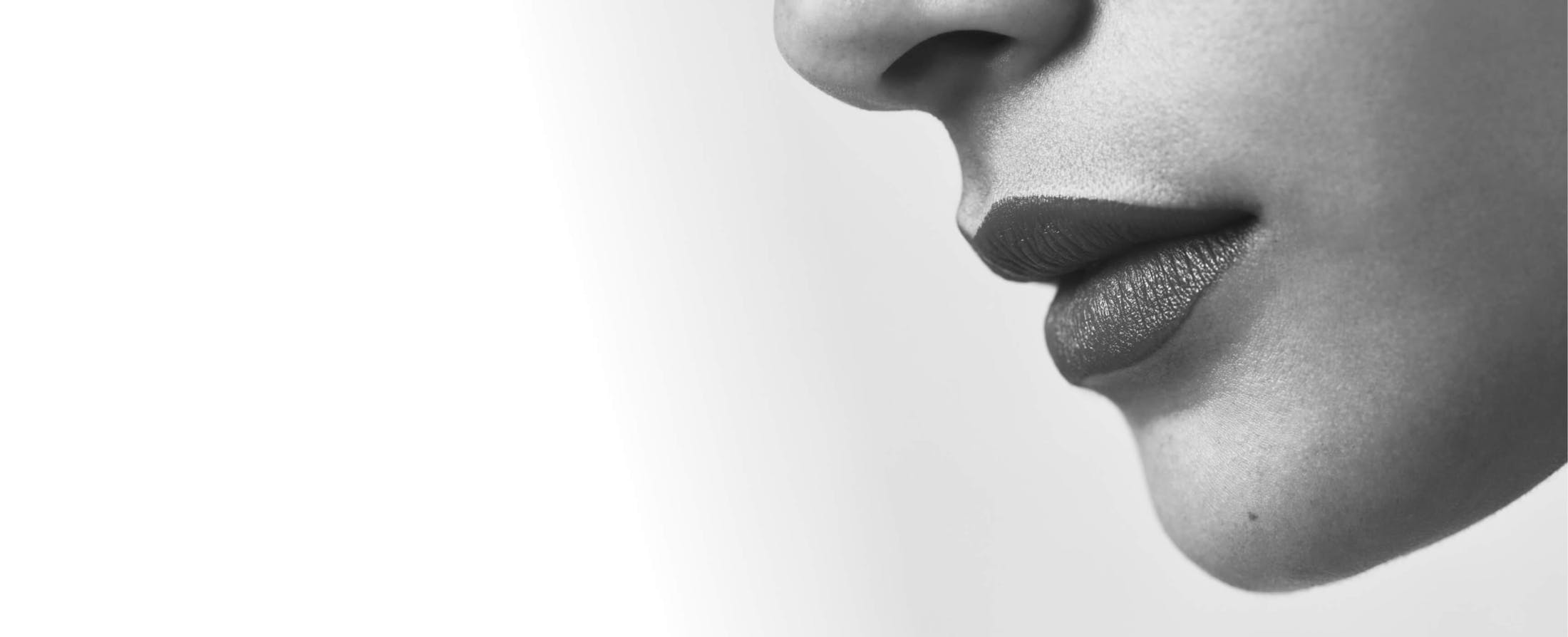
Rhinoplasty changes the shape and/or size of your nose. You likely know that. The surgical procedure offers a permanent means to reducing the width, taking out a hump, fixing a drooping tip, or straightening a crooked nose. There’s another thing rhinoplasty does that people do not often talk about. Rhinoplasty can alter your voice, too.
A medical team from Iran’s Mashhad University of Medical Sciences published the results of a study regarding rhinoplasty. During this study, more than two dozen patients underwent tests of their vocal acoustics before rhinoplasty surgeries and again five months later. With each participant, there were noticeable chances in the nasal qualities of their voice.
Why Does Rhinoplasty Change Vocal Qualities?
The Iranian medical team stated that rhinoplasty can narrow the nasal passage. A narrower nasal passage is going to affect the voice. While this will not matter to many patients, singers and voice actors may need to carefully consider the impact vocal changes could have on their jobs. For the majority of people, the vocal changes are not going to be overly noticeable, so it is not a reason to avoid rhinoplasty if you dislike the way your nose looks. What is more important is that you understand the realities of rhinoplasty.
Have Realistic Expectations
If you want a rhinoplasty, make sure you have realistic expectations. Rhinoplasty is a difficult surgery. Your facial plastic surgeon can only make an educated guess as to what the nasal bone and cartilage are like prior to the surgery. This is done by viewing the skin texture and observing the nose from the front and side. Once the incisions are made, the surgeon then has a better understanding of the bone and cartilage structure and will begin to make the changes you want.
Rhinoplasty surgeons use digital imaging to create a surgical plan they follow during rhinoplasty. Digital images are a good way to get a feeling for what the nose will look like after you’ve healed, but it’s not an exact science. There is no way to predict the final outcome because infection could set in or you might not follow your surgeon’s exact postoperative orders and impede healing. Rhinoplasty surgeons do not want this to happen, but there is always that risk.
Thick skin does not have the same laxity as thinner skin, so it does not stretch to adapt to the new nasal form as well. As a result, a surgeon generally cannot really reduce the size of the nose and have it look pleasing. The same is true of patients with very thin skin. The skin may not be thick enough to camouflage any imperfections in the altered cartilage or nasal bone. Improvements can certainly be made but, again, patients must be realistic.
After a rhinoplasty, you have to give your body time to heal. Rest with your head elevated to help lessen swelling. Even then, swelling is a common occurrence following rhinoplasty. Most swelling dissipates after two weeks, but there is residual swelling that lasts for months.
The best way to find out if rhinoplasty is right for you is by consulting with an experienced nose surgeon. Dr. George Moynihan, a facial plastic surgeon in Chicago, has been performing rhinoplasty for years. Schedule a consultation with Dr. Moynihan by filling out the online consultation form. If you prefer, you can call Gold Coast Plastic Surgery at (312) 988-9300.


